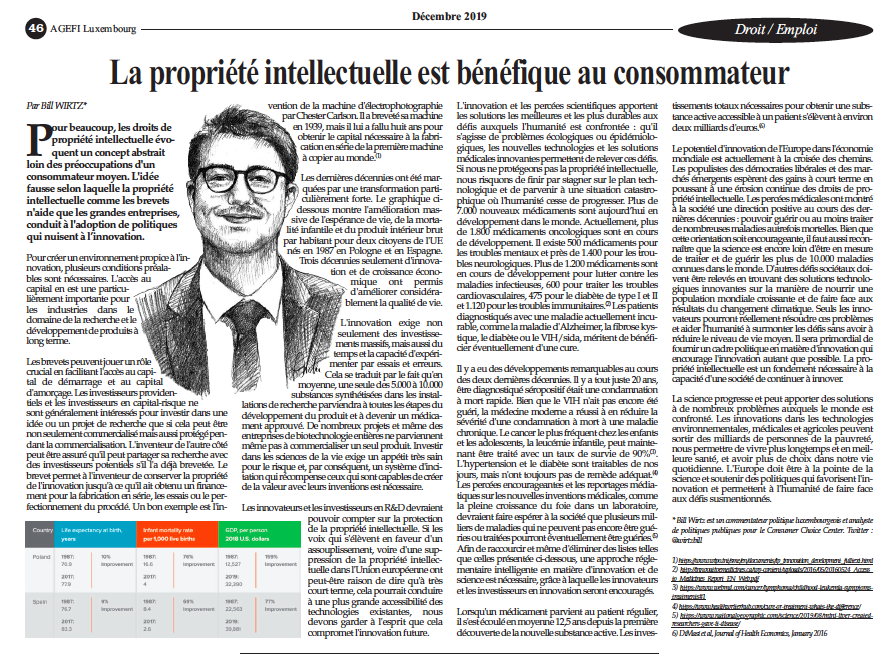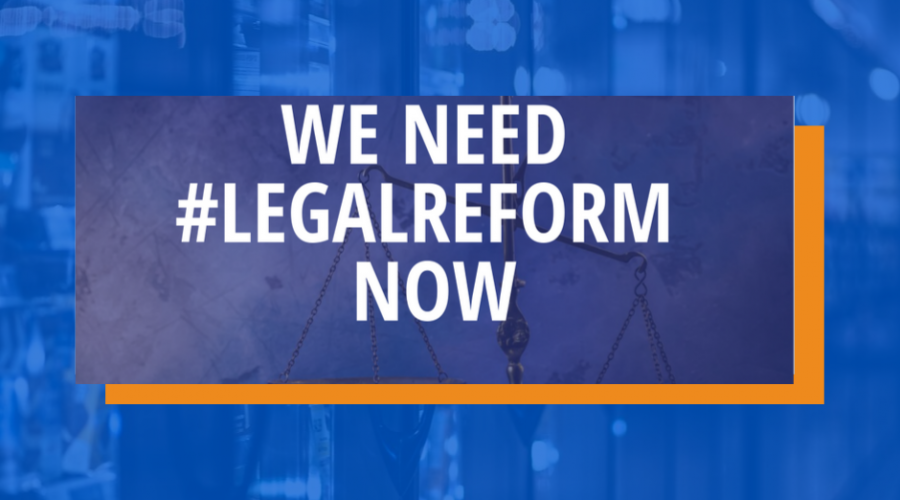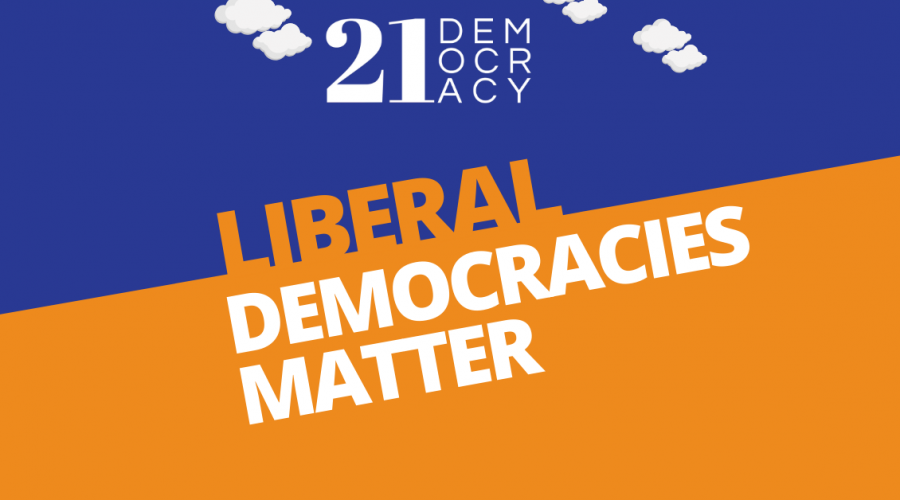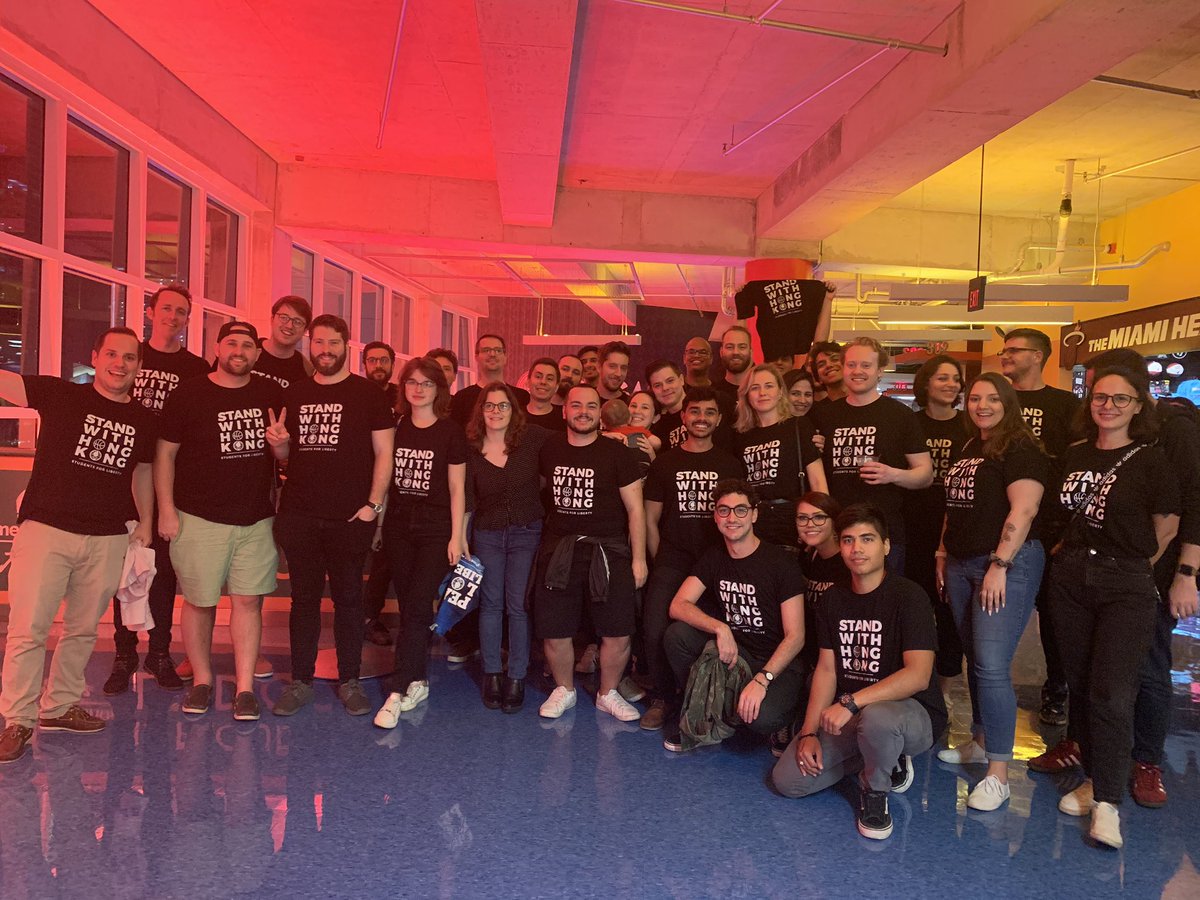Vaping ban in Alberta would harm public health
Alberta should rise above the vaping hysteria and follow harm reduction principles when developing regulations on e-cigarettes.

There’s a panic brewing about the use of e-cigarettes following reports by the Centre for Disease Control and Prevention (CDC) that hundreds vapers in the US have contracted severe lung injuries, with a handful of fatalities. Politicians responded quickly to the reports, and several states moved forward with vaping regulations. These ranged from bans on flavoured vaping products in New York to a four month ban on all vaping products in Massachusetts. However, a later report by the CDC in November revealed that none of the recent patients with lung injuries had used conventional nicotine vapes, but instead used black-market THC products – many in states where marijuana is illegal.
Unfortunately, various Canadian provinces have put further vaping regulations on the agenda. Nova Scotia has banned all flavoured e-cigarettes and vaping juice as of April 1st, and Ontario is considering a similar ban. So far, it looks like Alberta is headed down a similar path. Health Minister Tyler Shandro has committed to developing regulations on vaping products as part of a review of the province’s tobacco and smoking laws, with the hope that any amendments will be in place by spring 2020. It would be misguided for Alberta to follow the bad policies that have been proposed and implemented in the US, in Canada, and abroad.
If our goal is to save lives, it is important to compare the harms caused by vaping products with their closest substitute: cigarettes. Acomprehensive report by Public Health England suggests that while e-cigarettes are not risk-free, they are comparatively much safer than traditional cigarettes. While it is nicotine that causes cigarette addiction, it is the thousands of other chemicals contained in cigarettes that causes almost all of the harm. E-cigarette vapour does not contain tar or carbon monoxide, which are two of the most harmful components of tobacco smoke. While e-cigarette vapour does contain some of the chemicals also found in tobacco smoke, they are present at much lower levels. Additionally, Public Health England reports that in a recent study, cancer potencies of e-cigarettes were under 0.5 per cent of the risk of smoking. For these reasons, Public Health England’sadvice on vaping remains unchanged: “There is no situation where it would be better for your health to continue smoking rather than switching completely to vaping”.
This is especially important considering that most people who use e-cigarettes are current or former smokers. Arecent survey administered by Statistics Canada found that among people who had used e-cigarettes in the past 30 days, 65 per cent were current smokers and 20 per cent were former smokers. If vaping products were banned or regulated in a way that made them difficult to access, it is reasonable to suggest that these people would increase their use of traditional cigarettes. For this reason, stock prices of cigarette manufacturers jumped when India announced they would enact a vape ban. This response is in large part because there is evidence that e-cigarettescan be used as a cessation mechanism. Restricting access to e-cigarettes may be in effect taking away a tool that helps people quit smoking.
Even if e-cigarettes were as dangerous as their critics say, there is no reason to believe that restricting access to them would be good public policy. One of the main lessons from the war on drugs is that if there is demand for a product, it will be sold regardless of its legal status. Banning flavoured e-liquids or significantly limiting access will only create an unregulated black market for the product, exacerbating any existing safety concerns. E-cigarette users will no longer be able to have confidence in the safety of their products.
In fact, the very hospitalizations that inspired the recent panic over vaping products are a testament to the dangers of drug prohibition. In November, the CDC linked the hospitalizations to vitamin E acetate, which is not found in legal e-cigarettes. However, it is often used by drug dealers to cut THC vape cartridges in an attempt to increase their profits. These products are illicit and thus unregulated in the United States. In Canada, THC vaping products were only just legalized, and nothing legally for sale in Canada contains vitamin E acetate. If vaping products are banned, we should only expect more harmful additives in an unregulated black market.
Despite the facts, political responses to the CDC’s report have been anything but measured, and it would be misguided for Alberta to follow suit. Moving to ban flavoured e-liquids, or even worse, e-cigarettes in general, is a trigger-happy response that flies in the face of existing evidence about vaping as a harm reduction tool. Blanket bans on vaping are bad public policy and bad science, and will only serve to harm millions of vapers and harm public health. Alberta should rise above the vaping hysteria and follow harm reduction principles when developing regulations on e-cigarettes.
The Consumer Choice Center is the consumer advocacy group supporting lifestyle freedom, innovation, privacy, science, and consumer choice. The main policy areas we focus on are digital, mobility, lifestyle & consumer goods, and health & science.
The CCC represents consumers in over 100 countries across the globe. We closely monitor regulatory trends in Ottawa, Washington, Brussels, Geneva and other hotspots of regulation and inform and activate consumers to fight for #ConsumerChoice. Learn more at consumerchoicecenter.org



















